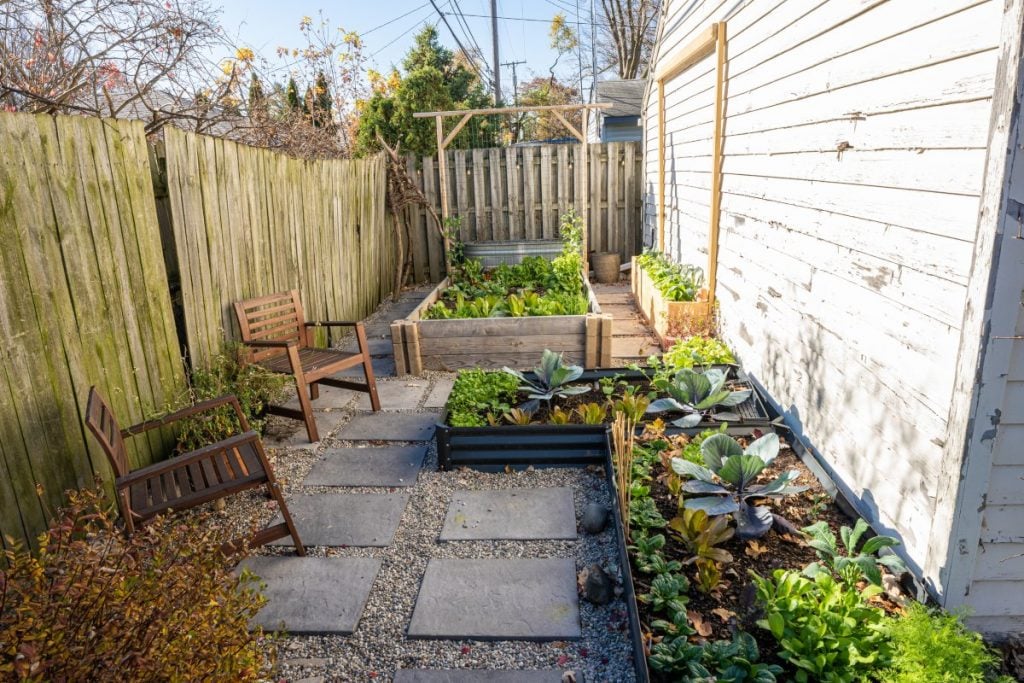Are you dreaming of fresh eggs every morning? Looking to start a new adventure in homesteading? Then learning how to build a chicken coop is a must! A well-designed coop not only provides a safe haven for your chickens but also enhances your backyard’s charm. In this guide, we’ll explore the steps to create a cozy and functional chicken coop, ensuring your feathered friends are happy and healthy.

Why Build a Chicken Coop?
Building a chicken coop is more than just a DIY project; it’s a step towards self-sufficiency. A coop offers protection from predators, shelter from the weather, and a designated area for your chickens to lay eggs. For those new to homesteading, a chicken coop is a perfect starting project, offering rewards that go beyond fresh eggs.
Getting Started with Your Chicken Coop
Before we dive into the construction details, let’s consider a few important factors. First, decide on the size of your coop based on the number of chickens you plan to keep. A general rule of thumb is to allow at least 3-4 square feet per chicken inside the coop and 8-10 square feet per chicken in the run.
Choosing the Right Location
Location is key when it comes to building a chicken coop. Choose a spot that offers both sun and shade, is well-drained, and is close to your house for easy access. Avoid low-lying areas that may flood during heavy rain.
Materials You’ll Need
Here’s a basic list of materials you’ll need to build your chicken coop:
- Wooden frames and plywood
- Chicken wire
- Nails and screws
- Hinges and latches
- Roofing material
- Paint or wood sealant
Make sure to choose durable materials that can withstand weather conditions in your area.
Designing Your Chicken Coop
The design of your chicken coop should reflect your personal style and the needs of your flock. Some key features to include are nesting boxes, roosting bars, and proper ventilation. Nesting boxes should be placed in a quiet, dark area of the coop, and you’ll want at least one box for every 3-4 hens.
Building the Frame
Start by building the frame of your coop. Use sturdy wood to create a frame that is strong and stable. Ensure the structure is level and square, as this will make it easier to add walls and a roof later.
Adding Walls and a Roof
Once the frame is in place, it’s time to add the walls. Use plywood or another sturdy material for the walls, and ensure there are no gaps or holes. For the roof, opt for a material that can withstand weather elements, such as corrugated metal or asphalt shingles.
Installing Doors and Windows
Doors and windows are essential for easy access and ventilation. Install a secure door for yourself and a smaller door for the chickens. Windows should be covered with chicken wire to keep predators out.
Finishing Touches
After the main structure is complete, it’s time to add the finishing touches. Paint or seal the wood to protect it from the elements, and add any additional features like feeders and waterers. Consider adding a run connected to the coop, giving your chickens a safe outdoor space.
Maintaining Your Chicken Coop
Regular maintenance is crucial to keep your coop in top shape. Clean the bedding frequently, check for any signs of wear or damage, and ensure the coop is secure from predators. A well-maintained coop is key to happy, healthy chickens.

FAQs About Building a Chicken Coop
How much does it cost to build a chicken coop?
The cost of building a chicken coop can vary widely depending on the size, materials, and design. On average, you might spend anywhere from $200 to $1000.
How long does it take to build a chicken coop?
With proper planning and materials, building a chicken coop can take anywhere from a weekend to a few weeks, depending on the complexity of the design and your experience level.
Can I use recycled materials to build my coop?
Absolutely! Using recycled materials is a great way to save money and reduce waste. Just ensure the materials are safe and sturdy enough to protect your chickens.
For more tips on starting your homesteading journey, check out this beginner’s guide to homesteading. If you’re interested in caring for backyard chickens and other homesteading activities, visit 15 Acre Homestead for a wealth of resources.




